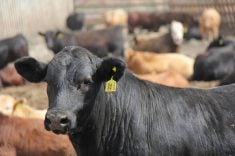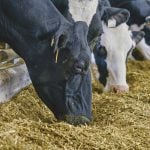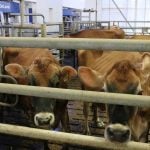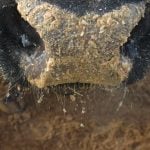The heat was just turned up in the antimicrobial resistant debate, especially about agriculture’s potential involvement. For years agriculture sat on the fence about its role in the whole scenario claiming the feeding of low levels of selected antibiotics for growth promotion is safe with no implications for human health. Now in the wake of Food and Drug Administration’s (FDA) recent announcement that in the U.S. government may ban agriculture uses of some popular antibiotics, the cattle, swine and poultry industry have switched their positions, stating drugs like penicillin and tetracyclines are not used for growth promotion, but rather for disease control. In a separate move, the FDA is expected to issue draft rules asking drug manufacturers to voluntarily end use of antibiotics in animals without the oversight of veterinarians, a move almost certainly to prove unpopular with both the livestock and pharmaceutical industries.
Read Also
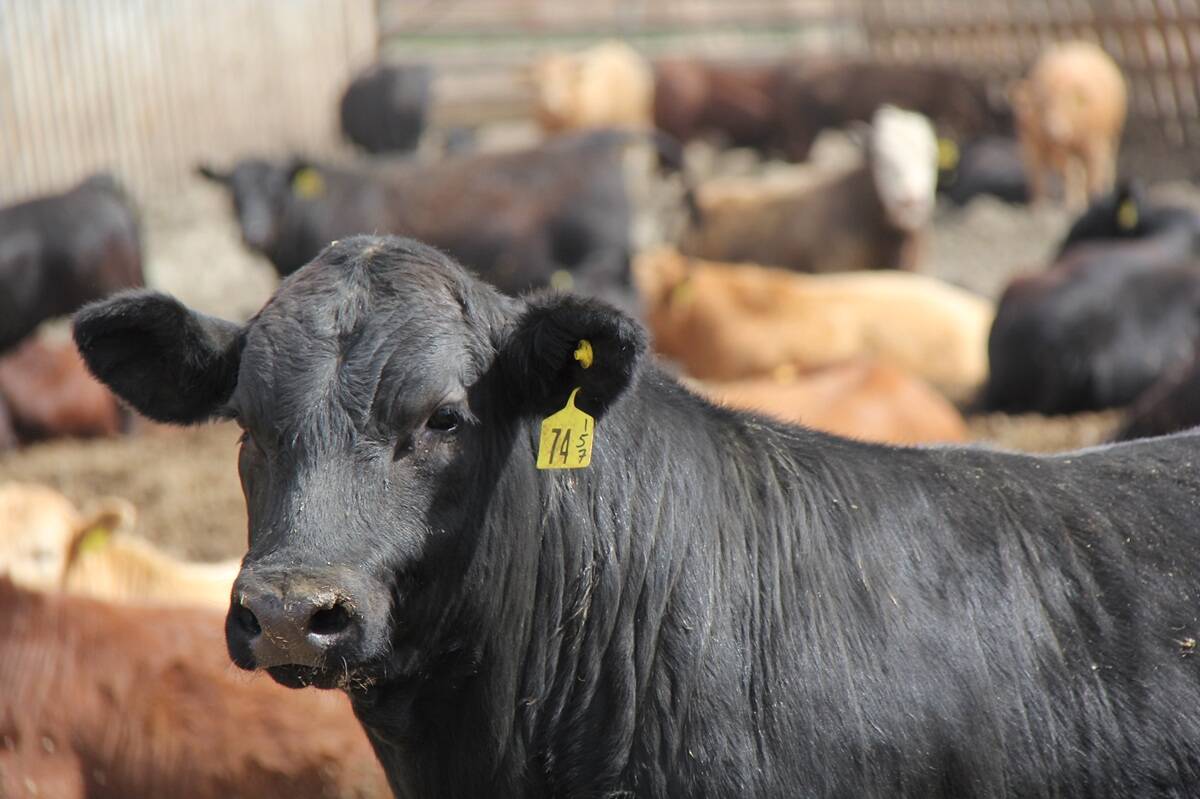
Mycoplasma bovis in beef cattle causes more than pneumonia
M. bovis causes pneumonia and is a major cause of infectious arthritis in calves and feeder cattle
What is especially disconcerting is that this has been precipitated by an organization only remotely aligned with agriculture, and in fact, often in open conflict with it. The fall from grace of agriculture and the veterinary profession on the AMR issue is embarrassing. Complacency put us on the fence; an environmental activist group knocked us off.
The Natural Resources Defense Council (NRDC) is one of North America’s most effective environmental action groups, combining the grassroots power of 1.3 million members and online activists with the courtroom clout and expertise of more than 350 lawyers, scientists and other professionals. Yearly contributions to NRDC are in excess of US$90 million, an amount that shores up assets of US$180 million.
The legion of NRDC associates is quite formidable. Let us not forget the Alar-on-apples scandal was ultimately debunked in the late 1980s. David Fenton, the instigator and an NRDC advocate, was unrepentant in claiming, “We designed (the Alar campaign) so that revenue would flow back to the Natural Resources Defense Council from the public, and we sold this book about pesticides through a 900 number and the Donahue show. And to date there has been $700,000 in net revenue from it.” Fenton’s company also masterminded the mad cow scare campaign.
The decision regarding penicillin and tetracycline stems from a lawsuit filed by the NRDC last year. In the view of Peter Lehner, NRDC executive director, “For over 35 years, FDA has sat idly on the sidelines largely letting the livestock industry police itself. In that time, the overuse of antibiotics in healthy animals has skyrocketed — contributing to the rise of antibiotic-resistant bacteria that endanger human health.”
The order issued by Judge Theodore H. Katz of the Southern District of New York effectively restarts a process started by the FDA 35 years ago. In his view, the FDA in 1977 concluded that feeding animals low doses of certain antibiotics used in human medicine, namely penicillin and tetracyclines, could promote antibiotic-resistant bacteria capable of infecting people. In the intervening years, the scientific evidence of the risks to human health from the widespread use of antibiotics in livestock has grown. Citing the threats to human health by overuse of antibiotics in animals, Katz ordered the FDA to start proceedings to withdraw approval for the agricultural use of penicillin and tetracycline to promote animal growth. The order did not extend to disease prevention.
“Drug manufacturers will finally have to do what FDA should have made them do 35 years ago: prove that their drugs are safe for human health, or take them off the market,” NRDC attorney Jen Sorenson said in a news release.
The ruling compels FDA to take action on its own safety findings by withdrawing approval for most non-therapeutic uses of penicillin and tetracyclines in animal feed, unless the industry can prove in public hearings that those drug uses are safe. It went on to emphasize the fact that while the FDA is engaging in other ongoing regulatory strategies, it is not relieved of its statutory obligation to complete withdrawal proceedings.
Costs associated with regulatory review, generation of additional safety data, examination of dosage protocols, and potential changes in labelling, packaging and distribution will probably spell the demise of these antimicrobials and others routinely used in animal and poultry production. Changes in how Canada handles and uses these same compounds will follow — dictated by trade and North American dynamics of the animal drug market.
It is a precedent-setting move that is about to invalidate, at least temporarily, any position of leadership the livestock industry and the veterinary profession thought they owned in the whole AMR issue.
There is no question that AMR puts many humans at risk.
Joseph Marshall, author of The Lakota Way, says leaders should fit the requirements set by the group or community they serve while influencing the actions and attitudes of others. There are four implicit maxims of leadership: know yourself, know your friends, know the enemy, and lead the way. It is imperative for those of us in a position to directly influence matters associated with antimicrobial resistance do a better job of all four. It is particularly important for all to understand the less we complicate the standards and processes by which leaders are expected to function, the more success is possible. Collective acceptance of what the outcome should be is a start. Perhaps, today’s “metaprophylactic” approach to managing respiratory disease in feedlots should occupy a higher position of importance than balking at the use of penicillin and tetracyclines.
— Dr. Ron Clarke prepares this column on behalf of the Western Canadian Association of Bovine Practitioners. Suggestions for future articles can be sent to Canadian Cattlemen ([email protected]) or WCABP ([email protected]).



